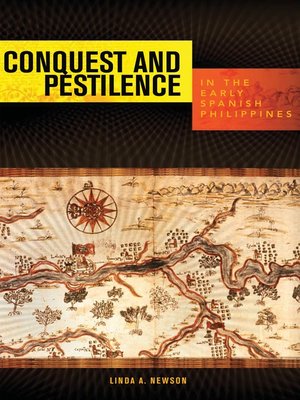
Sign up to save your library
With an OverDrive account, you can save your favorite libraries for at-a-glance information about availability. Find out more about OverDrive accounts.
Find this title in Libby, the library reading app by OverDrive.



Search for a digital library with this title
Title found at these libraries:
| Library Name | Distance |
|---|---|
| Loading... |
Scholars have long assumed that Spanish colonial rule had only a limited demographic impact on the Philippines. Filipinos, they believed, had acquired immunity to Old World diseases prior to Spanish arrival; conquest was thought to have been more benign than what took place in the Americas because of more enlightened colonial policies introduced by Philip II. Conquest and Pestilence in the Early Spanish Philippines illuminates the demographic history of the Spanish Philippines in the sixteenth and seventeenth centuries and, in the process, challenges these assumptions.
In this provocative new work, Linda Newson convincingly demonstrates that the Filipino population suffered a significant decline in the early colonial period. Newson argues that the sparse population of the islands meant that Old World diseases could not become endemic in pre-Spanish times. She also shows that the initial conquest of the Philippines was far bloodier than has often been supposed and that subsequent Spanish demands for tribute, labor, and land brought socioeconomic transformations and depopulation that were prolonged beyond the early conquest years. Comparisons are made with the impact of Spanish colonial rule in the Americas.
Newson adopts a regional approach and examines critically each major area in Luzon and the Visayas in turn. Building on a wide range of primary and secondary sources, she proposes a new estimate for the population of the Visayas and Luzon of 1.57 million in 1565—slightly higher than that suggested by previous studies—and calculates that by the mid-seventeenth century this figure may have fallen by about two-thirds.
Based on extensive archival research conducted in secular and missionary archives in the Philippines, Spain, and elsewhere, Conquest and Pestilence in the Early Spanish Philippines is an exemplary contribution to our understanding of the formative influences on demographic change in premodern Southeast Asian society and the history of the early Spanish Philippines.







